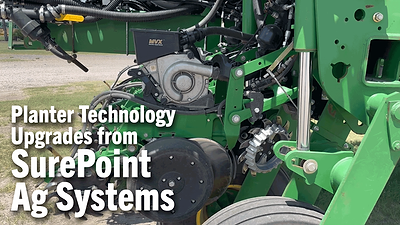How do you and your managers gain the work and commitment of your employees to perform well? How can you influence the behavior and performance of your people in positive ways?
The answer is “employee engagement.” This phrase started as a buzzword over 10 years ago, but now it’s widely accepted to be THE critical element to get the best from your biggest asset — your employees. Many academic and real world studies show a clear relationship between high employee engagement and high performance (financial and operational results). Many of the insights below come from a survey of 32,000 employees across many industries and companies published by Towers Watson’s 2012 Global Workforce Study.
The best and simplest definition of employee engagement is “the willingness and ability to go the extra mile.” With the current pause in the farm equipment industry, the ability to get the most from your employees is critical. You and your team have a lot of stress and challenges. A focus on understanding employee engagement and how to improve it is vital.
There is a direct relationship between financial results and the intensity and type of employee engagement.
Comparing operating margins for companies with a traditional engagement environment, high traditional engagement companies have 50% better results compared to companies with low engagement. We’re going to look at a newer sustainable engagement environment. Companies that have a high sustainable engagement show 300% better results compared to low traditional engagement companies!
As leaders and managers, what can you do to boost the performance of your employees amid the pressure and pace of a stressed workplace? How do you close the gaps in two critical areas that are essential to sustainable engagement — and do so cost-effectively? The first gap is to help your employees with internal support, resources and tools so they can engage. These will address tangible, measurable things like productivity and intangible things like feelings of insecurity about their job and the future. Good intentions alone won’t create a culture of “going the extra mile.” It’s created and grown by a focus on training, performance management and visible leadership.
The second gap is to create an environment that is energizing to work in because it helps people feel well physically, emotionally and socially. Dealerships that do this well have a high level of energy of cooperation, of positive stress to help customers and the dealership to succeed.
Again, a high energy organization does not develop without a conscious effort by the leaders both in the selection of employees but more importantly by focusing on workers’ health, safety and security, especially when you might be asking them to do more with less.
The level of employee engagement varies and it’s important to know who you can influence, who you can’t and how. The study defined four types of employee engagement using three different elements. Figure 1 shows three elements that describe the intensity of an employee’s sustainable engagement. The four types of employees are shown in Figure 2. Do your employees fit the same profile in terms of the percent in each category? In addition to the 300% better operating results for companies with high sustainable employee engagement, there are other tangible benefits.
- Highly engaged employees have significantly (25%) less absenteeism as well as lost productivity at work than disengaged employees (over 50% less)
- Highly engaged employees are less likely to leave their employer (18%) than disengaged employees (40%).
The segmentation of your employees into these types will help you more accurately know what you can do to move people from one segment to another. In Part 2 of this series, we’ll examine what you can do to move an unsupported employee to one that is highly engaged. Or what, if anything, you can you do with disengaged employees.









